We recently spent a few days in the highest altitude, most breezy , and therefore supposedly coolest location I know. There is no electricity: No whirring motors or glowing globes to heat things up. In fact you can see no farmstead lights at night, and it is a remarkably undisturbed place. But here’s the thing: It was hot.
I suppose I would have to confess that it was not hot all the time, but in the way that is high summer, heat was at times replaced by swirling mist, and at others by bruising storms. But in both cases those could be, and were, whisked away by a wind and replaced with the default, which was sun. Sun, searing and merciless. Sometimes on a oven fan wind, and at other times in an oppressive stillness. The UV intensity demanded that we were under wide brimmed hats, and the whiteness of the light was intense.
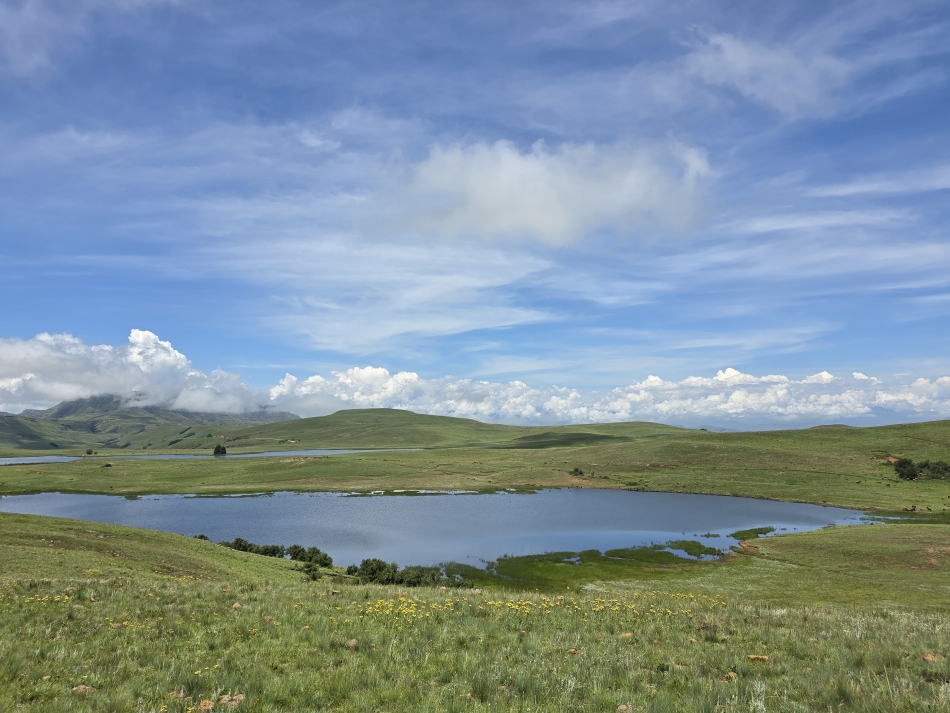
During my military training they had a saying when it was like this. When faces and objects of attention were in deep black shade, and everything else was like an image blown out by a camera confined to slow settings. The heat has a way of slowing one’s own motor drive, to the point where you can no longer absorb what is in the white light, and the world narrows to the few items that are in the dark of slender shade. The saying went “It will become dark”, and in the heat induced mind-haze that accompanied those exhausting days, it did indeed become night.
There we were, at as high an altitude as we could find, and there was nowhere to go but to follow that slither of shade with a deck chair, listen to the dog pant, and drink ice water.
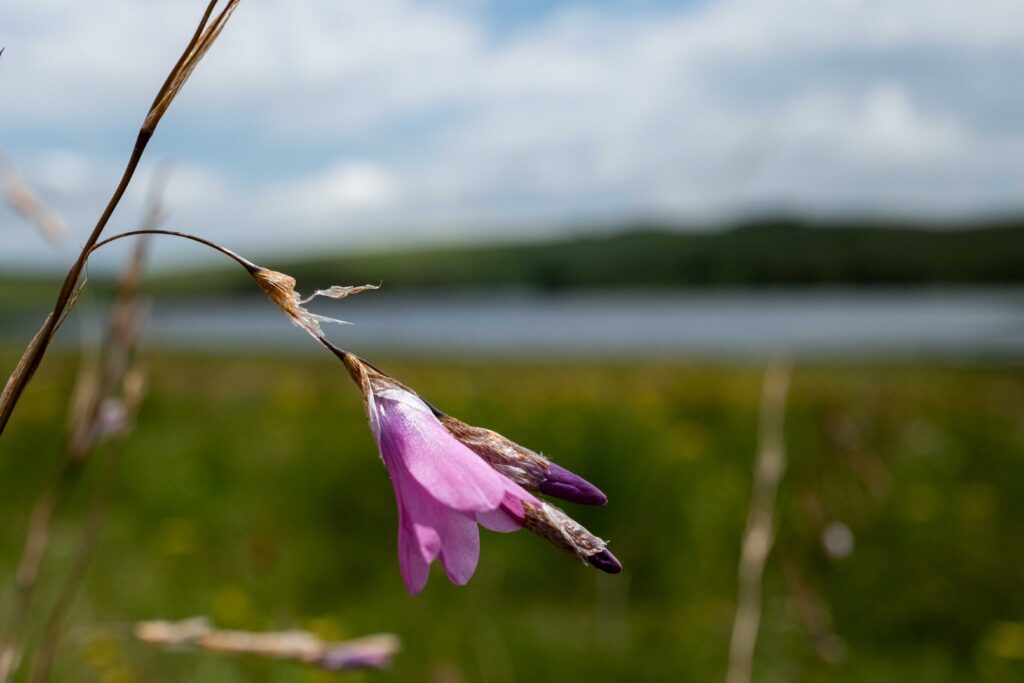
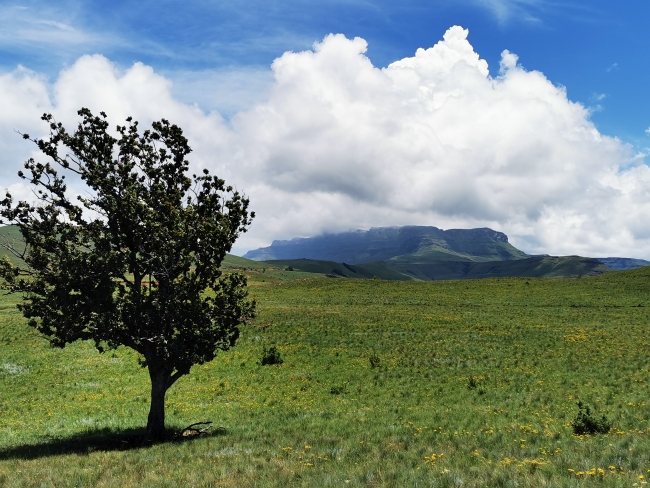
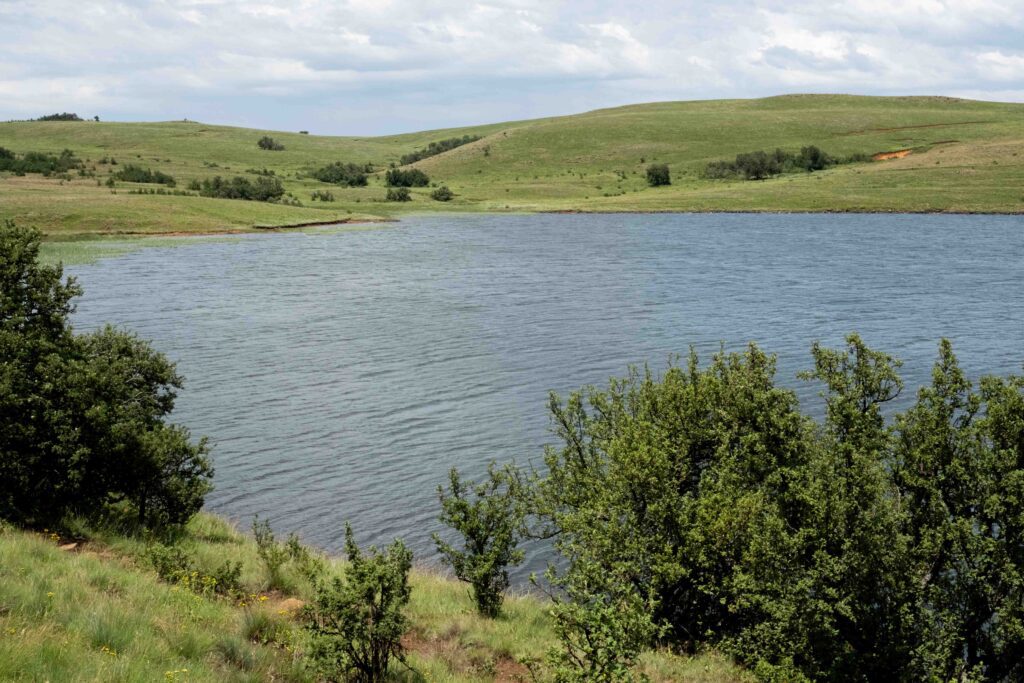
But by day’s end, the frogs from the lake began to sound their relief, and the earth sighed. As shadows were tossed across the folds of grassland, the breeze offered the first olive branch of evening. The vista became dominated by columns, swirls and banks of cloud which had attempted their own cooling in valleys off to the south west. Some black, some pillow-white, some spewing bands of mist beneath them.
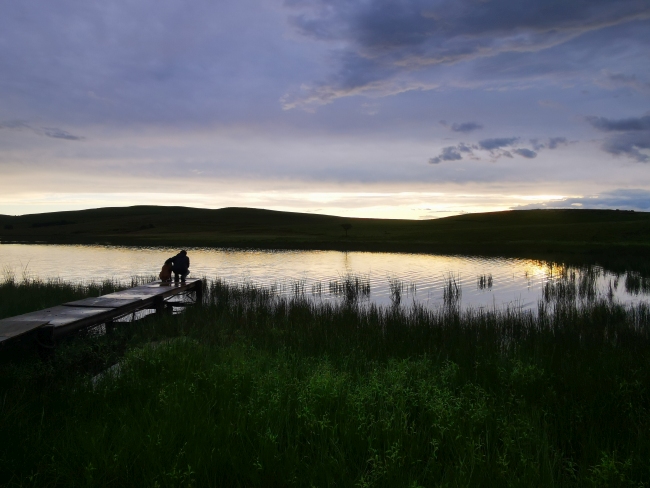
And then the sun, going out in glory put on a show completely excessive in its beauty. A display of grandeur. An explosion of dazzling rays and contrast. A bombastic kaleidoscope of shapes, lines, and silhouettes, fleeting and vast. Broader than any canvas, wider than any lens, and changing each minute as the spectacle erupted in unfathomable glory.
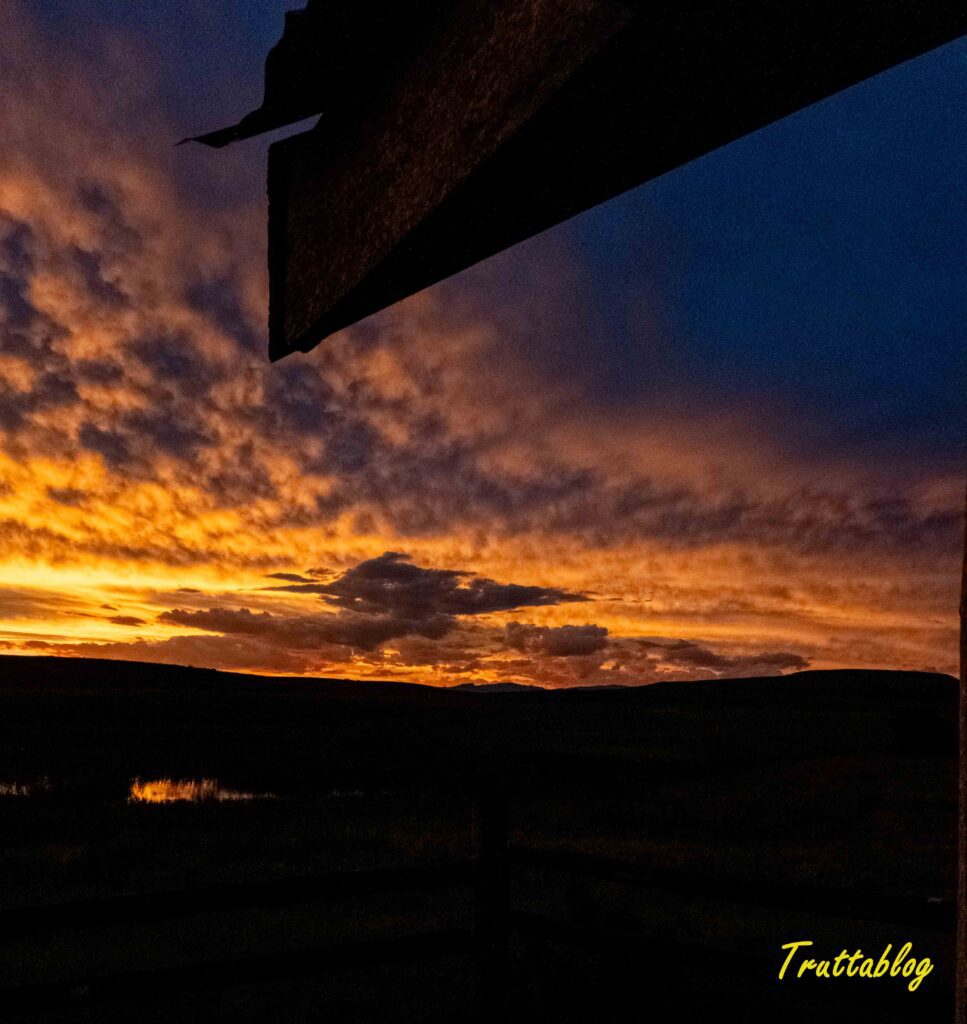
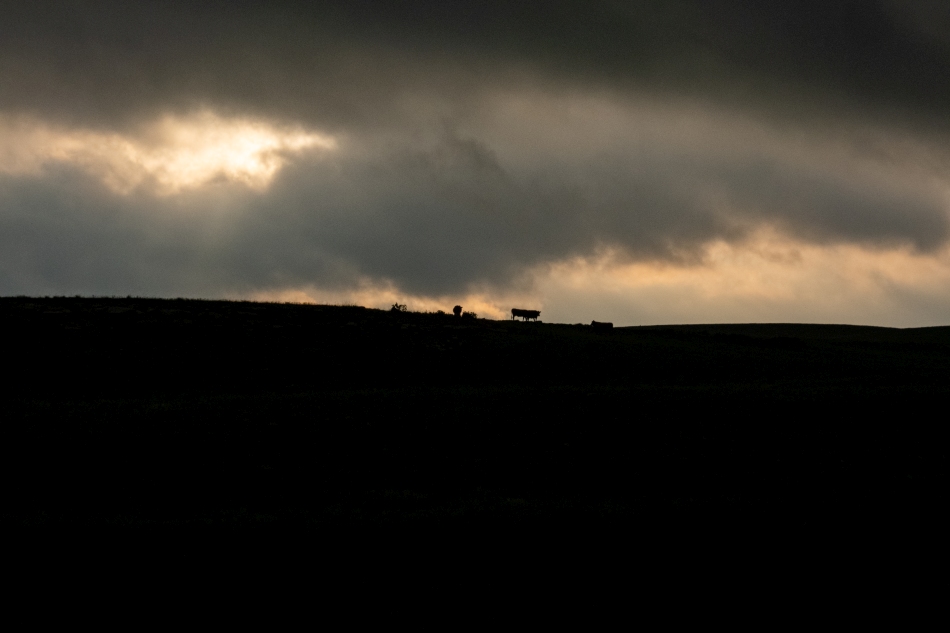
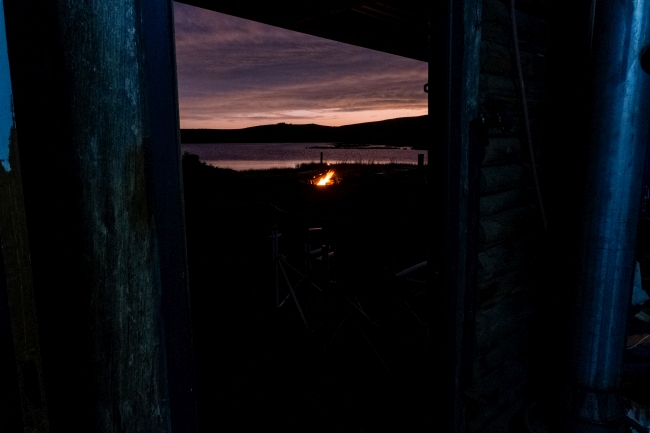
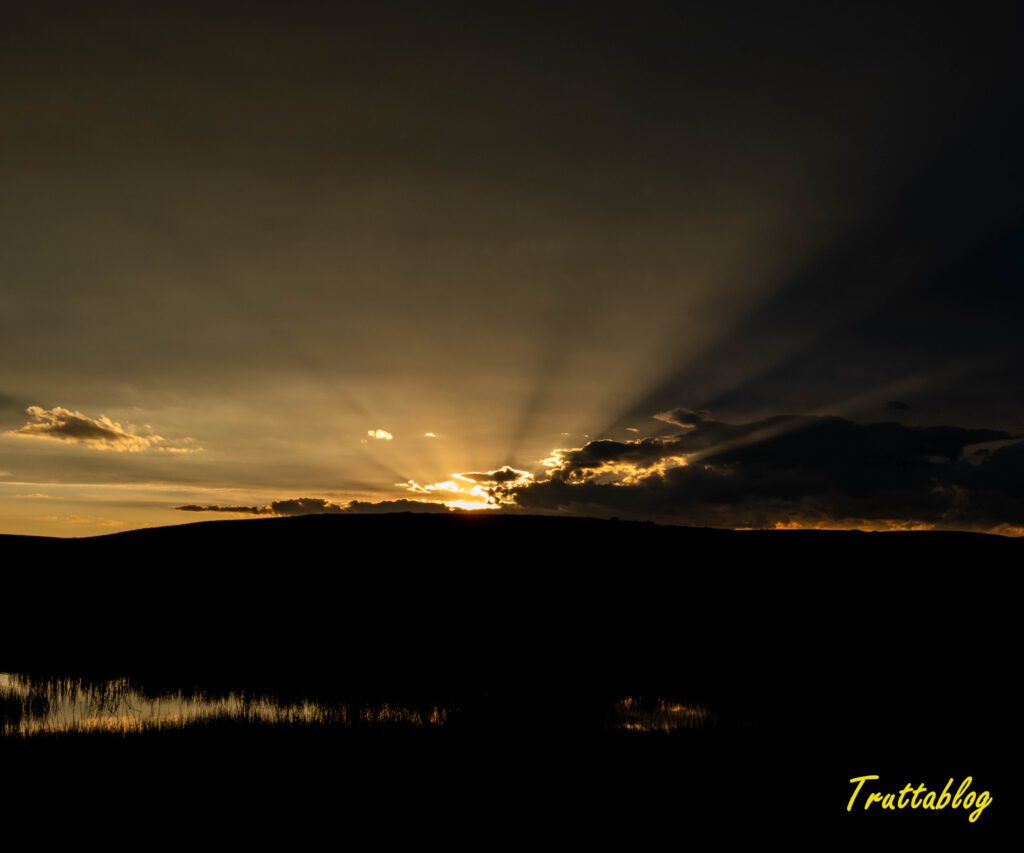
And then, as gloom began to snuff the show, there came the haunting, carrying whisper and drum, rasp and flute, of the crane’s call. The sound inextricably bound to the rhythmic wing beats of a choreographed pair of rare Wattled Cranes . They arced in and down, in a Display of navigational perfection, to then flare and alight into the last golden glow of emerald sedges of the lake margin. Then our attention was drawn away to the right, where a pair of smaller, Blue Cranes had dropped in un-noticed. They ruffled their wings, and shook out the dark tail feathers, and suddenly they were performing a breeding dance. And as they did that, the Wattled Cranes, several hundred yards away, performed their own prancing nuptial display.
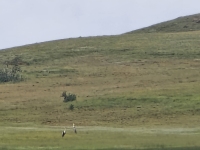
When our attention diverted back to the Blue Cranes, there were suddenly two pairs.
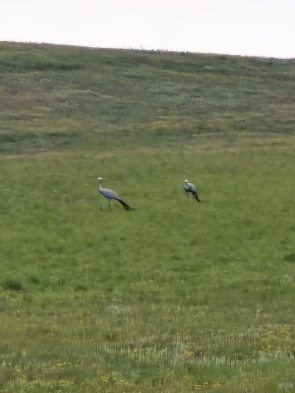
And then it happened. In the sudden gloom, and imminent darkness, the unmistakable shape of two more inbound cranes presented just above the western horizon. Barely visible markings triggered a hushed “It cant be!”, and for what it was worth, in the poor light I reached for my binoculars, but the plaintive “Mahem, Mahem” confirmed their identity before my eyes could. The Grey Crowned Crane. The pair alighted near the Blues, and fanned their wings before tucking them neatly away.
And then it was dark.
And cool at last.
4 Responses
Beautifully written, Andrew – the enchantment of sunsets is captivating. It must be a special place!
Thanks Richard. It is!
A delightful read Andrew ! Yet another reminder that it not only the pursuit of trout that counts ….
Thank you Anton